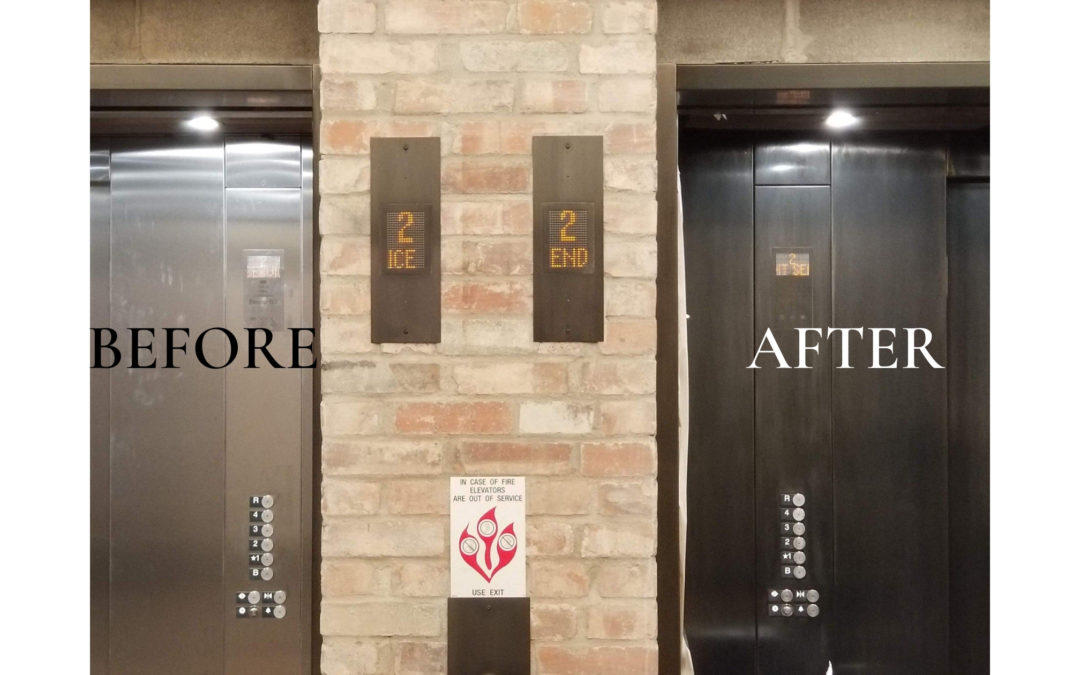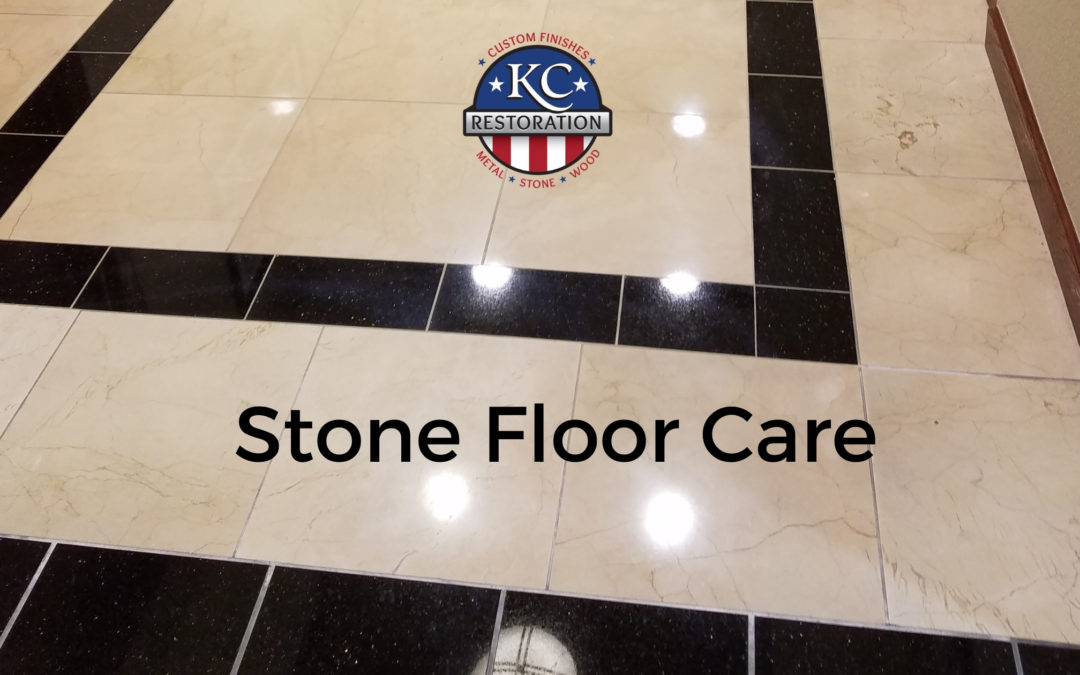
by KC Restoration | Jul 12, 2021 | Blog, Stone
First impressions really are everything. That’s why it’s so important to ensure that your facility’s exterior is impressing your customers, clients and employees. While it may not seem like a big deal, investing in exterior deep cleaning services can help you...

by KC Restoration | Jul 6, 2021 | Blog, Metal, Uncategorized
Patina is an aging process that happens naturally when metal is exposed to the elements and use. When metal is left untreated, over time the metal oxidizes turning it a different color (i.e.: brown, black, or green), or it can darken the color of the metal. For...

by KC Restoration | Jun 28, 2021 | Blog
Stone flooring is smooth, classy, and easy to manage and take care of. The best way to make sure your stone flooring continues to be easy to maintain is to clean, and polish it regularly. Find out everything you need from KC Restoration to discover the benefits of...

by KC Restoration | Jun 22, 2021 | Blog, News
The team at KC Restoration is ready to provide lunch for those who wish to learn more about our services. We will adhere to Covid-19 safety precautions with providing a box lunch and drink to each person that attends. Hand sanitizer will also be provided along with...

by KC Restoration | Jun 15, 2021 | Blog, Metal, Stone
Your job as a facility or property manager is to maintain your building’s exterior as well as ensure essential infrastructure runs efficiently – but not at the cost of the safety of your maintenance staff. Efflorescence or cracked brick or stonework may damage your...

by KC Restoration | Jun 8, 2021 | Blog, General, News
From our CEO LeAnn Luemmen: When being interviewed for one of our awards, I was asked “What is one word that best describes your business?” I said “Improvement.” Improvement is what we do – improving appearances, perceptions, and property values in Kansas City. It is...







